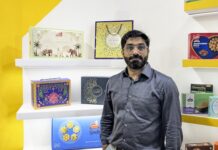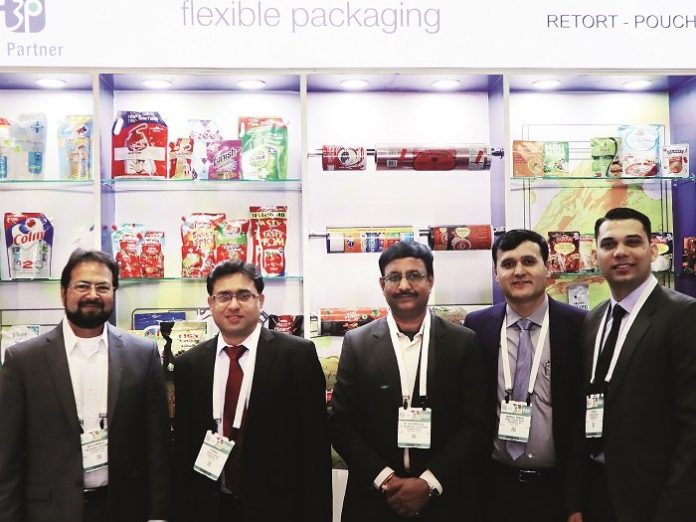
Established in 1986 and based in the Delhi/NCR, Paharpur 3P is one of the leading flexible packaging printers and converters in India Recently, Paharpur’s customers have witnessed robust growth in their SKUs – anywhere from 40% to 400%. Supplying to customers with high growth rates in itself a challenge especially since Paharpur is the sole source supplier of packaging for some of their products. For instance, a contract for 2,00,000 pouches a month has in the past half year increased by five times.
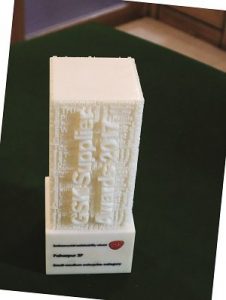
award in 2017 for being the most
sustainable partner among small
and medium suppliers in the world.
Photo PSA
Paharpur 3P has continuously made investments in technology and capability, but never just to increase volumes. “We’re not looking for new customers. We’re not in the game of rising print volumes. When we say that we’re adding capacity, many see it as a dedicated machine to manufacture pouches for a particular company, which really isn’t the case. We’re doing it in order to supply to all of our customers, to meet their increasing demands and when they’re growing, so does their demand,” says Mohammed Nadeem, chief executive officer of Paharpur 3P.
Current demand growth from its customers is compelling Paharpur to look at significant further enhancement of its capabilities in several areas including prepress, pressroom and converting. In the past year it added a new Varex II blown film line from W&H. It also replaced its old Bobst Rotomec 4003 with a Pelican Solomark 4400, which it has
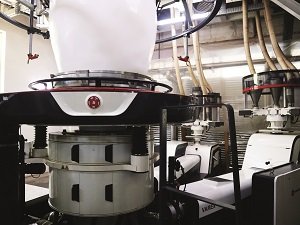
line at Paharpur 3P’s green plant
in Sahibabad. P3P runs several
W&H blown film lines and has the
distinction of being the first W&H film
line customer in India
installed back to back with its Cerutti press. Nadeem says, “I have to give Pelican credit where it is due. Right from day one, they took 100% ownership of the machine’s performance. Even before the initial teething and commissioning issues became issues, their engineers were here 24×7. Two engineers were deputed by Pelican and they were providing us all the assistance till the time we told them that we don’t need them here any more.”
One of the main issues in the packaging industry is safety. In India, there is no law that ensures safety at the workplace. For the past 8 years, Pelican has continuously
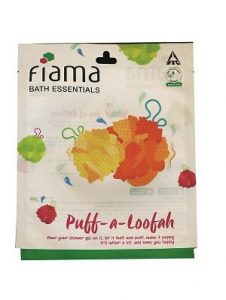
been reducing its recordable incident rate. The total recordable incident rate is a US measure of occupational safety and health, useful for comparing working conditions in workplaces and industries. It is calculated by combining the actual number of safety incidents and total work hours of all employees witha standard employee group (example, 100 employees, working 40 hours a week for 50 weeks a year).
“In the US, the Plastic Packaging Manufacturing Association’s average recordable incident rate is 4.5. It means that there are 4.5 recordable incidents every 200,000 man hours. For instance, Floeter has only 30 people; if they record an incident, the rate would shoot up to 7 or 8 which is a huge number. The top notch companies in the world such as DuPont are at 0.31. Since 2011, after putting several measures in place to reduce the incident rate, we’ve managed to come down from 8 to 4 and then to 2 and now we stand at 0.16, which is still a better recordable incident rate as compared to some of the biggest companies in business in the US and we have the lowest recordable rate in India,” Nadeem adds.
Sustainability
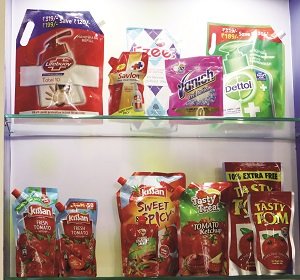
Paharpur has developed a new product that is not completely biodegradable or compostable but upon prolonged exposure to sunlight turns into a structure similar to crumpled egg shells. Not a commercially viable product yet, it is one that the company is working on to produce a feasible flexible packaging material.
The company also looks at sustainability through other lenses. It generates power using clean natural gas. “We generate power in-house with no harmful emission to the atmosphere. We have made this facility in Sahibabad a zero discharge facility. Not a drop of water from our facility goes outside. We do not leak any polluted water into the adjoining water bodies or drains. We collect rainwater into our harvesting pits. We have an on-site sewage treatment plant. We treat all our sewage and then the water generated from the sewage treatment plant is used for various purposes, such as gardening or in the cooling towers. Before it is sent to the cooling towers, the water is again treated effectively. So, all the resources are reused at our facility and we do not consume any extra energy apart from what is treated by us,” Nadeem concludes.





